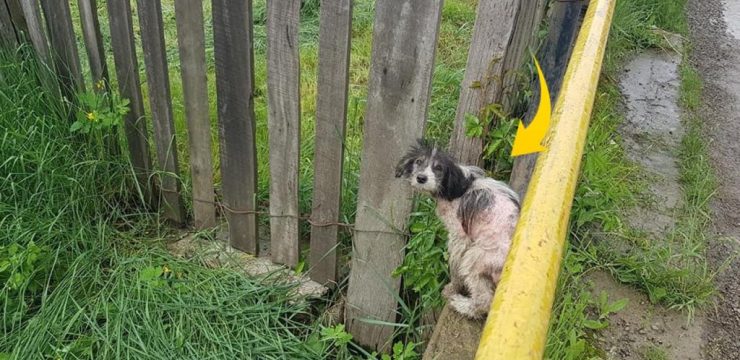As you drive along familiar routes, you might occasionally notice black cables stretched across the road. These cables can be easy to overlook, but they play a crucial role in how our transportation systems operate. Ever wondered what they’re doing there? Let’s break down their purpose and how they help manage traffic.

What Are These Black Cables?
Those black cables are actually portable traffic counters used by transportation agencies to collect data on how our roads are utilized. With over 12,000 of these counters installed across various locations, they provide essential insights into traffic patterns and help guide the planning of future road developments.
How Do These Traffic Counters Work?
The technology behind these cables is surprisingly simple yet highly effective. Each cable contains a pneumatic tube that reacts when a vehicle drives over it. The pressure from the vehicle’s tires compresses the tube, sending a burst of air that triggers a signal to a counting device. This signal helps tally the number of vehicles passing through a specific point.
By analyzing the intervals between these signals, authorities can determine peak traffic times. In cases where two tubes are placed in parallel, they can even capture additional data, such as vehicle types (cars vs. trucks), speed, and travel direction. This comprehensive information allows city planners to make informed decisions about speed limits, traffic signs, and budget allocations for road improvements.
Beyond Just Counting Cars
While counting the number of vehicles is a primary function, these tubes do much more than that. They serve as multi-functional tools, helping to gather critical data that informs traffic management and infrastructure development.
According to the U.S. Department of Transportation, when a vehicle’s tires roll over these tubes, the resulting air pressure closes a switch, which sends an electronic signal to the counting device. These setups can be temporary—sometimes used for just a day to get a snapshot of traffic flow—or they can be installed permanently to provide ongoing data collection.
Strategic Placement for Accurate Data
The placement of these cables is not random. Transportation authorities often set them up on straight, uninterrupted sections of roads to ensure the most accurate data. A single tube is usually used to count the number of vehicles and measure the time gaps between them. When two tubes are used together, they can gather more detailed information, such as the number of axles on a vehicle, its speed, and its direction.
This data becomes particularly useful when residents report concerns about speeding or increased traffic in residential areas. The information collected can help city officials assess these issues, leading to better traffic management and more efficient use of transportation budgets.
Why This Data Matters
The next time you drive over one of these black cables, you can appreciate the quiet work they’re doing. The information gathered helps shape transportation strategies, improve road safety, and enhance traffic flow. For instance, if a particular area shows consistent speeding issues, city planners can consider adjusting speed limits or installing speed bumps.
Ultimately, these seemingly simple devices are part of a broader effort to optimize our road systems. The data they collect not only benefits current road users but also informs future infrastructure projects to accommodate growing traffic demands.
Conclusion: Improving Roads, One Count at a Time
Those black cables stretched across the road are more than just lines to drive over—they’re part of a sophisticated system to monitor and improve our transportation networks. By providing vital data on vehicle counts, speeds, and traffic patterns, they help create safer, more efficient roads. So, the next time you notice them, remember that they’re working silently to enhance the driving experience for everyone.





